Advantages And Applications of Bamboo Panels in Modern Design
In modern design, where sustainability and creativity are no longer optional but essential, bamboo has emerged as a truly transformative material. Breaking free from its “traditional craft” label, it now captivates designers worldwide by balancing eco-friendliness, practicality, and aesthetic charm.
Bamboo’s advantages lie in three interconnected strengths. First, its sustainability is virtually unmatched in the design world. Unlike oak or pine, which take 20 to 100 years to mature to harvestable size, bamboo reaches full growth in just 3 to 5 years—making it one of the fastest-renewable woody plants on Earth. Crucially, it regenerates naturally from its existing root system after harvesting, eliminating the need for costly and ecologically disruptive replanting. As a “carbon-negative” material, it absorbs 5 times more carbon dioxide and releases 35% more oxygen than equivalent tree stands, making it a top choice for projects pursuing green certifications. Bamboo is a strategic choice to meet strict sustainability benchmarks.
Second, its structural performance defies its lightweight, organic appearance—a pleasant surprise for many designers. Bamboo’s tensile strength exceeds that of mild steel, making it ideal for load-bearing applications like beams or supports. Its compressive strength, meanwhile, rivals concrete, allowing it to withstand heavy pressure without cracking. Modern processing techniques—such as heat treatment to remove moisture and lamination to reinforce fibers—have also solved its historic vulnerability to decay, mold, and insects, allowing it to withstand outdoor conditions for up to decades, opening up new possibilities for exterior design.
Third, its aesthetic versatility shines across design styles, making it a flexible tool for creative expression. Its natural grain—warm, linear, and subtly varied—adds a soft, organic touch to minimalist spaces. In industrial-style interiors or exteriors, bamboo’s smooth, polished surfaces and sturdy form complement raw materials like metal and concrete, creating a balanced contrast. Bamboo ages gracefully, developing a rich, honeyed patina over time that deepens its character rather than diminishing it.
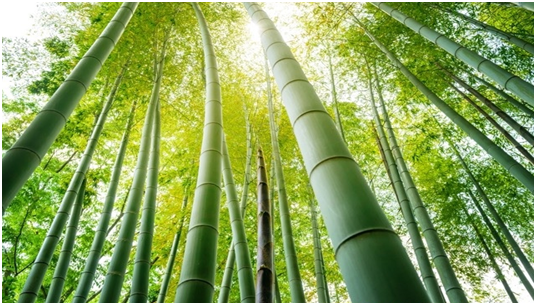
In applications, bamboo’s flexibility spans nearly every design discipline, proving its practicality in real-world use. Treated through strictly processes, bamboo panels are widely used as outdoor bamboo flooring, bamboo wall panels, indoor strand woven bamboo flooring, etc.
Heavy bamboo panels are a high-performance, environmentally friendly material for outdoor bamboo flooring, particularly suitable for projects that seek natural beauty, high durability, and low maintenance. Whether it's a home terrace or a scenic path, outdoor bamboo flooring offers a solution that "looks like wood, outperforms wood," making outdoor bamboo flooring a preferred material for sustainable landscape construction. Outdoor bamboo flooring has become a staple for homeowners and commercial projects alike. Outdoor bamboo flooring (made from treated bamboo) is not only resistant to rain and UV rays but also provides a warmer, more comfortable surface underfoot than cold stone or composite materials. Outdoor bamboo flooring’s high strength and high hardness make it become a good option for outdoors. Outdoor bamboo flooring is widely used in home courtyards, terraces, park plank roads, scenic area platforms, docks, swimming pools and other scenes.
Heavy outdoor bamboo flooring is environmentally friendly, durable, beautiful, and easy to maintain. It is an ideal floor material for modern landscape design and high-quality outdoor spaces. Whether it is a private garden or a public landscape project, heavy outdoor bamboo flooring can provide the dual guarantee of natural texture and high performance, becoming a green alternative to traditional wood.
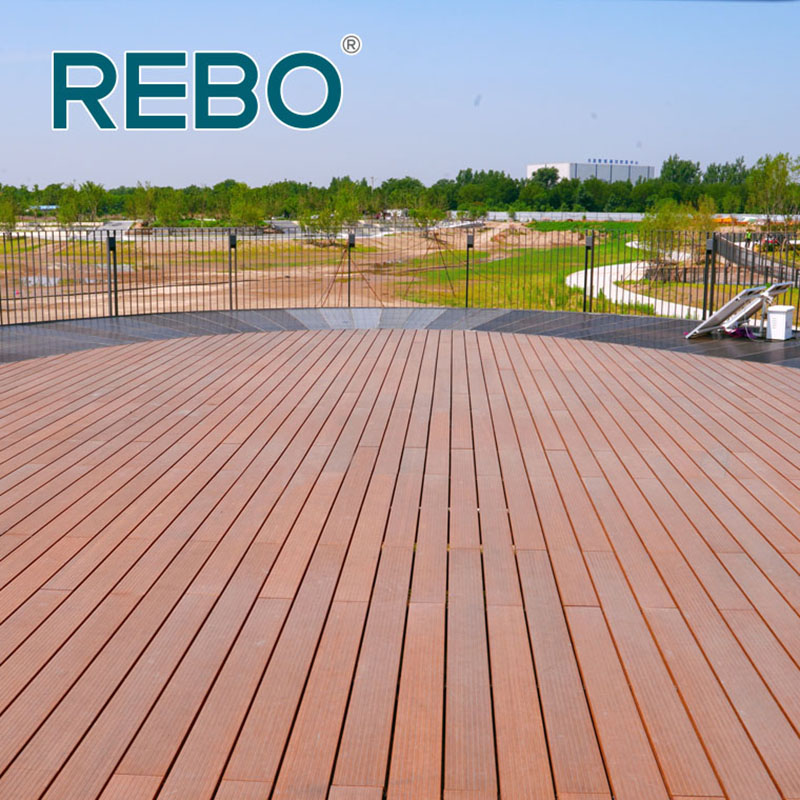
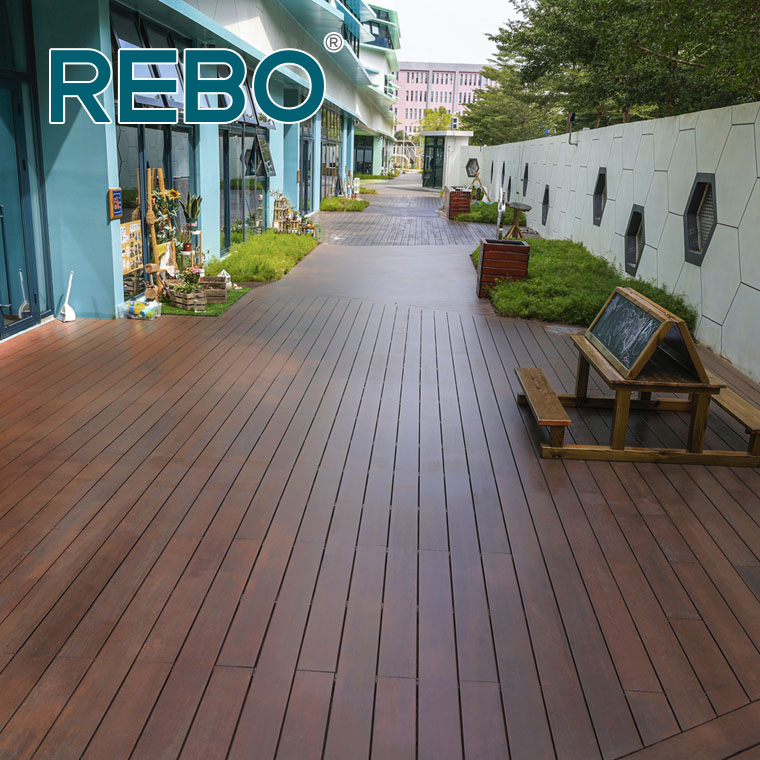
The application of bamboo panels in wall panels has expanded from interior decoration to building facades, from quick-install bamboo wall panels to high-end customized bamboo wall panels. Heavy bamboo wall panels have a density of up to 1.2g/cm³ and has excellent compression and bending resistance, so bamboo wall panels are suitable for load-bearing walls or high-strength decorative surfaces. The natural texture of bamboo wall panels is retained, and the color is warm. Different colors and surface treatments (such as glossy, brushed, and carbonized) can be customized. Bamboo wall panels are suitable for modern, Japanese, and new Chinese styles. Bamboo wall panels are environmentally friendly, beautiful, and functional, making them an important material choice for modern green decoration. Whether it is home decoration, commercial space, or outdoor landscape, bamboo wall panels can provide a solution that combines natural texture and practical performance. Bamboo wall panels are both durable and visually appealing, offering privacy and a unique look. Bamboo wall panels have good performances, such as high hardness, strong stability, good weather resistance, no maintenance required, etc. Therefore bamboo wall panels are suitable for outdoor scenes such as building exterior walls, terrace fences, park decorative walls, etc.
In conclusion, heavy bamboo wall panels combine multiple advantages such as environmental protection, beauty, durability, and easy installation. They are suitable for a variety of indoor and outdoor decoration scenes, especially for projects that pursue natural textures and green building materials. Their high strength and fire and moisture resistance also make bamboo wall panels show great potential in high-end residences, commercial spaces, and public buildings.
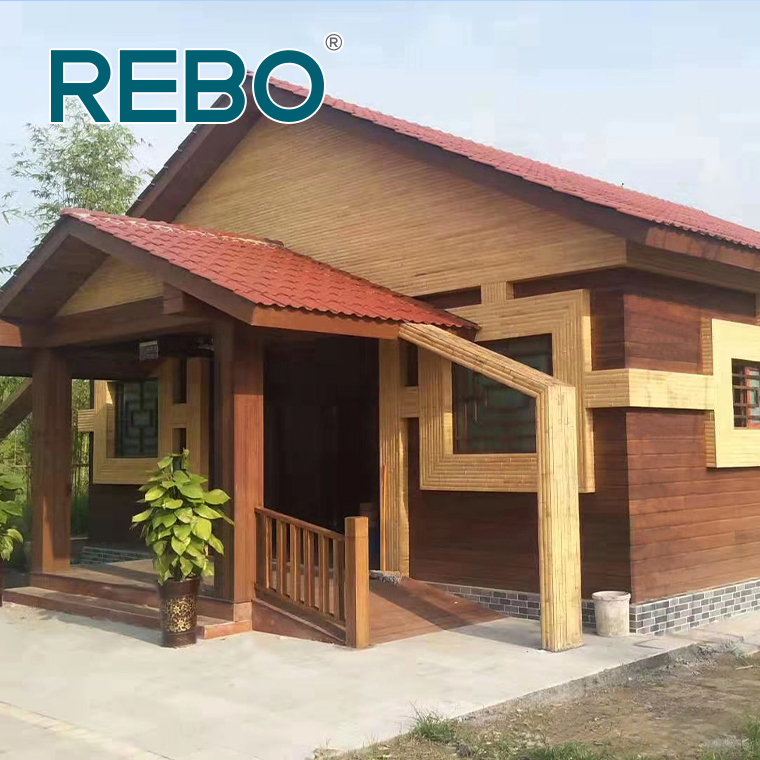
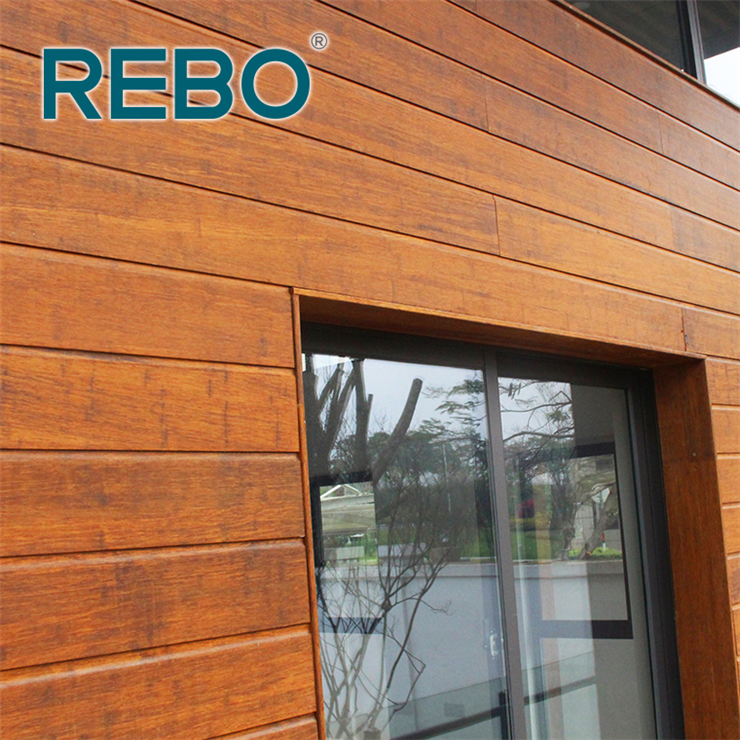
And for interiors, the use of heavy bamboo panels (also known as reconstructed bamboo) in indoor flooring has gradually attracted attention in recent years because of its many superior properties and is suitable for a variety of indoor scenes. Strand woven bamboo flooring has become a household favorite, especially for high-traffic areas like living rooms and offices. Strand woven bamboo flooring has become an emerging green choice among indoor flooring materials due to its comprehensive advantages such as environmental protection, durability, moisture resistance and beauty. The thickness expansion rate of strand woven bamboo flooring is much lower than the European standard. Strand woven bamboo flooring can remain stable in humid environments such as kitchens and bathrooms and is not easy to deform. Strand woven bamboo flooring is particularly suitable for homes and commercial spaces that pursue natural texture, environmental performance and durability. Strand woven bamboo flooring has high hardness and strength, and has good impact and wear resistance. Strand woven bamboo flooring is widely used in living rooms, dining rooms, bedrooms and other areas with large traffic. Strand woven bamboo flooring has become an emerging green choice among indoor flooring materials due to its comprehensive advantages such as environmental protection, durability, moisture resistance and beauty.
Beyond buildings and interiors, bamboo has made inroads into product and landscape design: it replaces plastic in reusable items like straws and toothbrushes, adds texture to garden screens and pergolas, and even enhances tech products.
As sustainability becomes a non-negotiable standard in design—driven by consumer demand, regulatory requirements, and global climate action—bamboo’s role will only grow. It is more than just a material; it is a symbol of how innovation can honor nature, proving that functional, visually striking design doesn’t have to come at the expense of the planet. For designers and consumers alike, bamboo offers a path to create spaces and products that are both visually striking and planet-friendly—a true design solution for the future.
